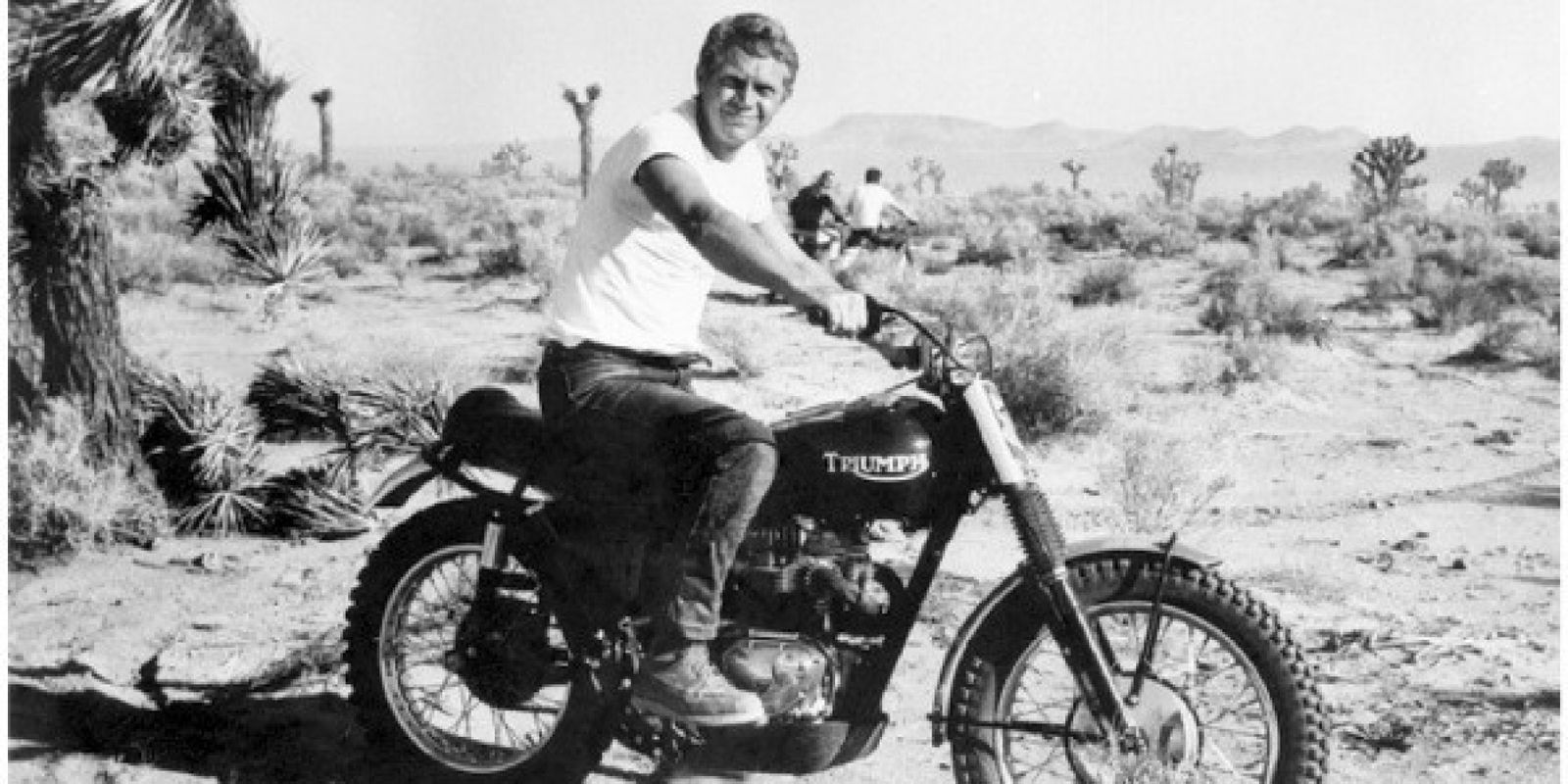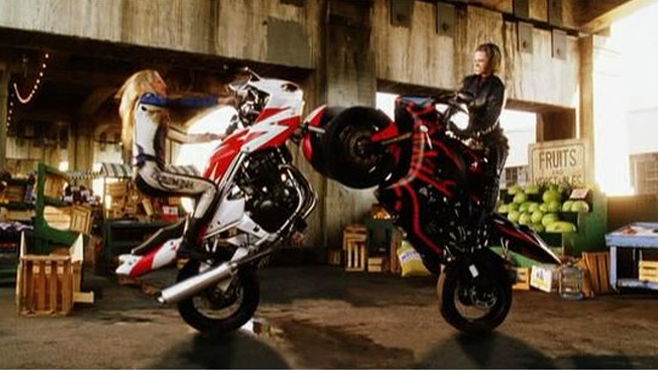Five clues a bike is stolen
Tips to avoid buying a nicked motorcycle

BIKE THEFT is a miserable fact of life, and something we all have to be conscious of because where you see your pride and joy, a bike thief sees a pile of cash that’s there for the taking.
Anyone who’s had their bike stolen will tell you how heart-breaking, maddening, frustrating and inconvenient it is but what could be worse than having your pride and joy pinched? Buying a stolen bike.
If you hand your own money over to some bike-looting lowlife because you’ve been flogged a cheap Fireblade, then you’ve also been a victim of motorcycle crime and Dr Ken German, ex-head of the Metropolitan Police’s Stolen Vehicle Squad and doctor of international vehicle crime says that it’s on the rise:
‘Two-year monitoring by the Metropolitan Police in London indicates that incidences of crime involving scootering gangs on stolen bikes have increased by 620% since 2015.
‘Figures from the home office suggest a 44% increase in motorcycle theft in London alone and across the UK motorcycle theft increased by 17% last year, with 40% of that figure attributed to London.
'Bike thefts currently sit at around 27,000 per year, meaning we’re in territory we haven’t been in for some years. Twenty-five years ago there were 115,00 bike thefts recorded on the police national computer. We had to reduce that considerably and it eventually came down to 20,000-odd. Over the last few years you could see a slight rise as theft increased, and then all of a sudden, wham, it’s gone up markedly.’
With that in mind, here are five clues that a bike is nicked.
Problems with paperwork
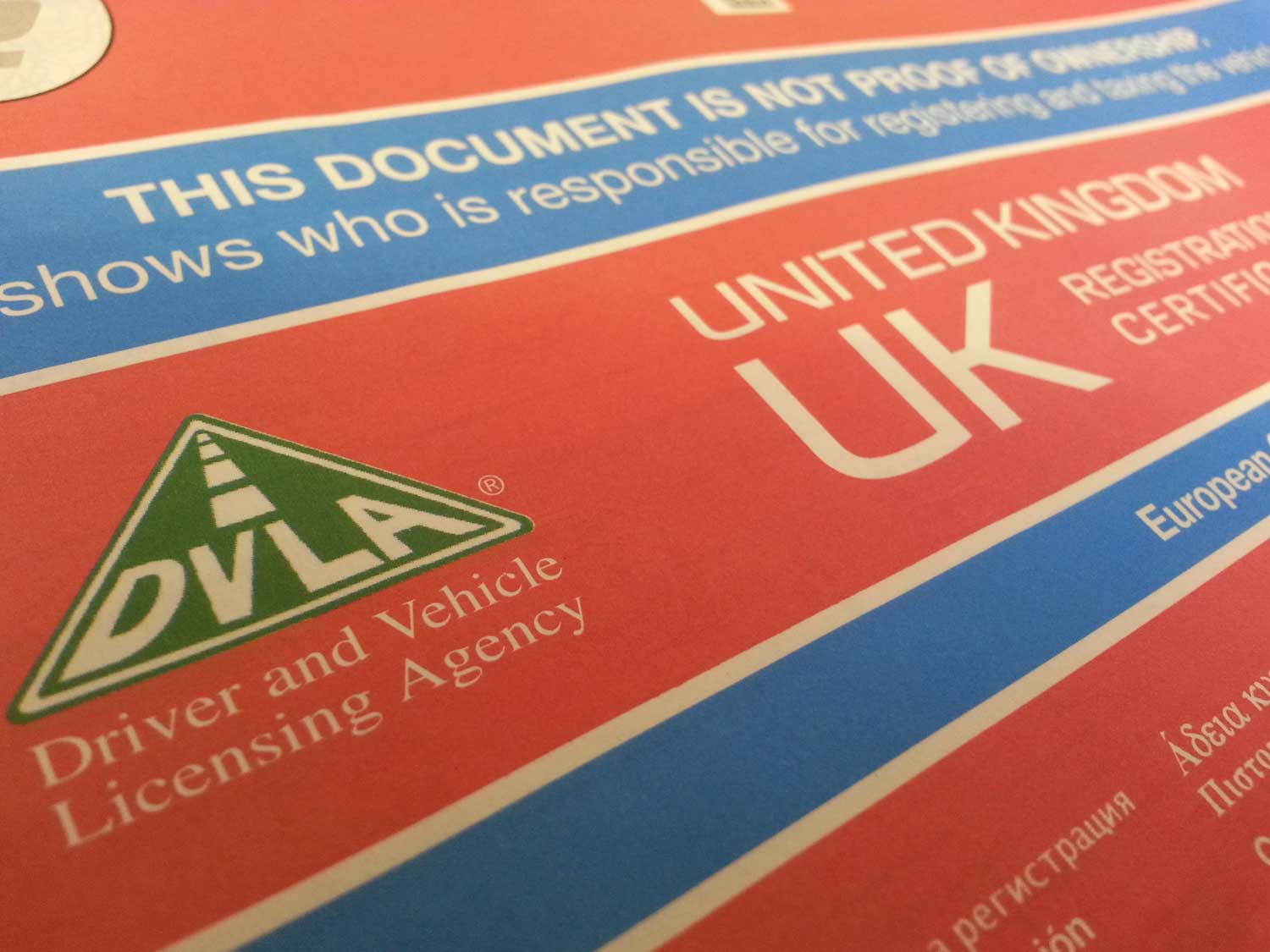
If the seller can’t produce a V5, and won’t let you meet him/her to view the bike at the address on the document, then walk away – a genuine private seller should be willing to meet you at the address where the bike is registered.
Similarly, if the bike is old enough to require an MOT, make sure it comes with a current valid pass certificate.
Can the seller provide you with any more paperwork for the bike? Ask to have the owner’s manual and some service history, if they can’t provide either, find out why, and be cautious.
And remember, these documents can be faked, so if the V5 and MOT paperwork look as legit as those Gucci bags you bought on that beach in Thailand last year, walk away.
The VIN rings alarm bells
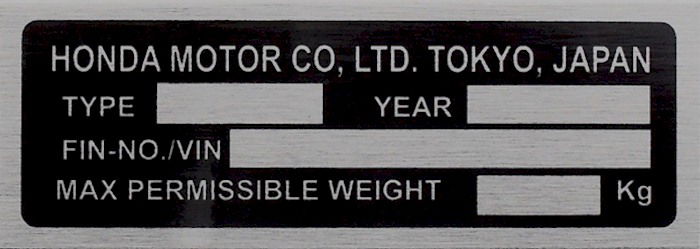
Check the bike’s VIN (Vehicle Identification Number) number – you’ll usually find stamped on the headstock.
Before checking it against the number on the registration document, you want to work out whether it’s been tampered with so run a finger up and down the VIN stamp. If it’s been messed with, it might feel rough where the numbers have been altered.
A close visual inspection may also reveal whether the VIN has been messed with and signs of filing and rubbing are likely to indicate that it’s been altered, as are any numbers that look misaligned.
Dr German suggests pressing some blue tac into the numbers and see if they’re properly aligned at the bottom. If the plate has been restamped it won’t be quite aligned here. It's also worth checking the stamp against another bike's (from the same manufacturer, but same model as well if possible) to see whether it appears much differently. If the other legit bike's VIN stamp looks better, it's time to dig deeper.
If the VIN stamp physically checks out, examine the VIN plate on the frame, make sure the number on the plate matches the stamped number and the details on the V5. Dr German advises applying some nail varnish remover to a rag and rubbing it over the frame number on the VIN plate. If the paint comes off to reveal another number, leave the bike alone.
You don’t get satisfactory answers to questions

Make sure you ask questions, and no ‘Is it stolen?’ isn’t one of them.
Many legitimate bike owners will be able to tell you about the basics of their bikes – number of cylinders, exact capacity, power figures, how much they paid for it.
If you’re looking at a bike that’s got fancy pants electronics, get the seller to show you how to customise things like the traction control and ABS and go through the menu system – if it’s their bike, it’s likely they’ll know, or at least not look totally lost when navigating the menu system.
Simple questions could reveal the most telling answers, so ask how many miles the bike has done and what the registration is, while the seller is unable to see the dash or licence plate because if you’ve encountered a bike thief, these are the things that could make them stumble.
There’s damage in suspicious areas
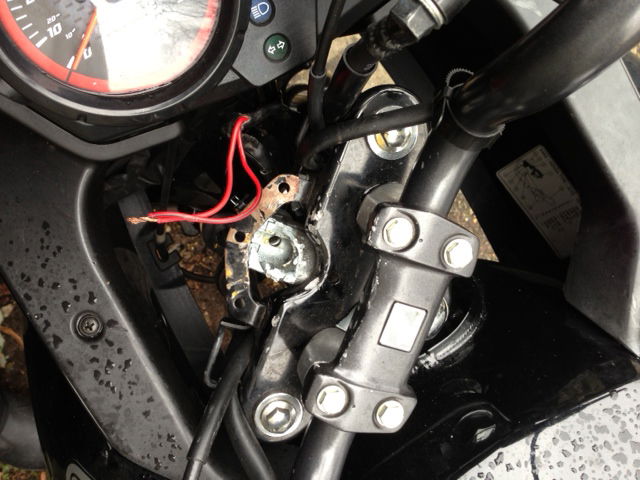
Is the ignition barrel intact? Does it even have an ignition barrel – if it doesn’t you’re probably looking at a stolen bike, or a bicycle. Or a settee. Anyway, check that the ignition barrel for suspicious marks and ensure it fits properly – if it’s wonky or sticks out loads, it could be a new barrel installed by a thief in an effort make the bike look legitimate.
Check the steering lock for damage – if it’s not there, it’s possible some undesirable has had it off – so ask questions. And if there is a steering lock, check whether it looks damaged, or fits poorly where a thief has been at it with tools to disable it or replace the original lock.
And don’t forget the filler cap – if the lock is missing or damaged, you could have cause for concern because it might have been forcibly removed. As with the ignition, make sure the lock fits and works properly – if it doesn’t it might be a replacement lock fitted by a thief.
It doesn’t check out online
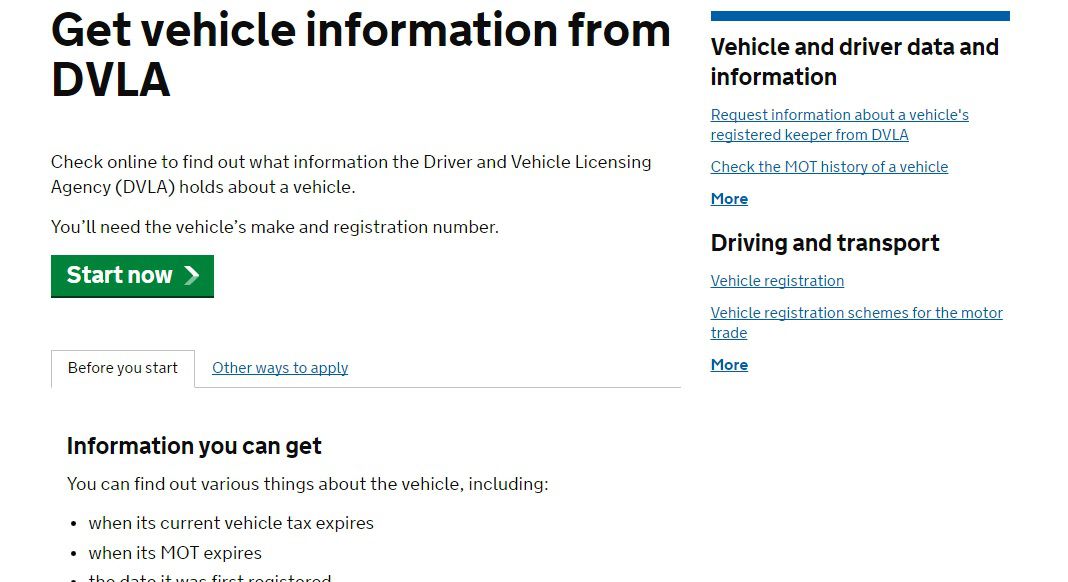
It’s not hard to look into the provenance of a bike and a HPI check could tell you if you’re looking at a hooky Honda, as well as letting you know if it’s been written off, recorded as scrapped, had its registration changed or had fifty billion previous owners when the logbook claims just two.
You can also get vehicle information from the DVLA using the registration number and make, meaning you can find out information like whether the bike you’re looking at has a valid MOT and tax or is declared as off the road.
Any discrepancies between the information provided by these services is a good place to start asking questions and digging deeper.
Is there anything else you can do?
‘It depends how far you want to go,' says Dr German. 'There are so many other things you could do but can you do them at the time of purchase or when you’re viewing a bike? And will a seller allow you to start taking parts off a bike?
'If you really want to make sure a bike is correct, find out whether it’s Datatagged and if it is, make sure all the numbers are correct.
'The police now have to be so good to keep up with the sophistication of the criminals that they actually have to crack nuts to work out whether they compare with what the manufacturer uses as a torque setting, to work out whether a bike is suspicious - whether it’s a clone.'
